Earlier this month, Fred Thomas, a celebrated figure in the Michigan indie rock scene, took the stage at Ziggy's in Ypsilanti, Michigan, for a rare solo electronics set. This boisterously decorated and genre-spanning club in the heart of Ann Arbor's smaller, eastern neighbor is an anchor of the region's wide-ranging DIY rock, pop, electronic, experimental, and hip-hop scenes. Thomas grew up in Ypsilanti and has spent most of the last decade here following stints living in Portland, Brooklyn, and Montreal. He has performed at Ziggy's more than thirty times since it opened in 2017, but his relationship to the space extends to its past life as The Green Room, a similarly eclectic venue where he performed with his first band, Chore, and alongside Andrew W.K., as a teenager.
Bathed in blue light, Thomas appeared at home as he stood onstage alone with his eyes closed, listening intently, and swaying gently in concert with rich waves of lightly glitchy synthesized sounds. I found his improvisation warm, expansive, and remarkably vibrant considering his minimal setup of a single synthesizer, a tape analog delay effect, and a digital stereo delay effect. Although Thomas is most acclaimed for his rock and pop offerings, electronic music—ranging from ambient synthesizer landscapes to frenetic, sample-driven beats (check out 2023's ECOATM on Great Corner Sound)—has become an increasingly important part of his musical practice since the 2020 self-release Dream Erosion (Synthesizer Songs).
On Tuesday, Thomas released Critical Violets, Dream Erosion Pt. VII on the label Mystery Circles. The recent live appearance was not meant to promote the album, but it still served as an effective overture to the new record, which is Thomas's third 'drumless' electronics offering. Across its ten tracks, Critical Violets presents variations on a deceptively unassuming formula: welcoming, looping melodic ideas provide the foundation for an intricate sonic framework. The album continues the iconic characteristics of Thomas's other Dream Erosion releases. Overall, it is spacious and relaxing; each track evolves methodically but not predictably. There are also many unexpected turns, and Critical Violets is packed full of moments of irregularity and surprise. Whether a sudden burst of harsher, noisier tones, the addition of a degraded and detuned element, or the delicate disruption of a melodic loop's rhythmic backbone, Thomas confidently nestles the experimental and abstract impulses that motivate his electronic projects within familiar ambient, synth-pop trappings.

This aspect is at play immediately. Halfway through the opening track, "They Were Leaning Against the Clocktower, It Was Early, Maybe in March or April," Thomas briefly abandons the warm optimism of the prevailing bass synth melody for an ominous phrase defined by unprecedented dissonance and new, sharp-angled timbres. If one of the album's tendencies is this interplay of stable, straightforward ideas and varying moments of disintegration, a second is its presentation of both highly detailed and plainly spartan instrumental textures. This other paradigm is established by Critical Violets' second track, "Waveform," which climaxes with unruly and variegated layers that Thomas gently peels away until there are only two parts left.
These concepts emerge, recede, and intersect across the rest of Critical Violets in different, wonderful ways. One hallmark that is always apparent, both longitudinally and in individual moments, is Thomas's astonishing attention to detail. A distinctively beautiful instance of this characteristic occurs in the album's titular track. Here, a looping melody prepares the arrival of a chorale-like harmonic procession performed by a transforming mosaic of synthesizer sounds that appears to melt, sonically, from a complex, interwoven texture to a congregation of like-sounding tones.
Fans of Thomas's more rock- and pop-oriented work who are new to his electronic efforts should be able to recognize these musical interests. His last release, Window in the Rhythm (Polyvinyl), exhibits similar qualities in its strategic uses of sampled and other electronic sounds, as well as its daring songwriting choices. A good example occurs in the chorus sections of the track "Coughed up a Cufflink," which feature a dramatic, recursive moment of dissonance that eventually precipitates the three-minute-long, abstract instrumental deconstruction that closes the song. Similar ideas are at play in Critical Violets, Dream Erosion Part VII, but Thomas swaps out the guitars, vocals, and drums for a suite of synthesizers and effects units.
A couple of days after I heard him perform in Ypsilanti, I caught up with Thomas at a local coffee shop to talk about the new album, the varied sonic worlds he explores in his music, and his experience writing about music in outlets like AllMusic, Maggot Brain, and Pitchfork.
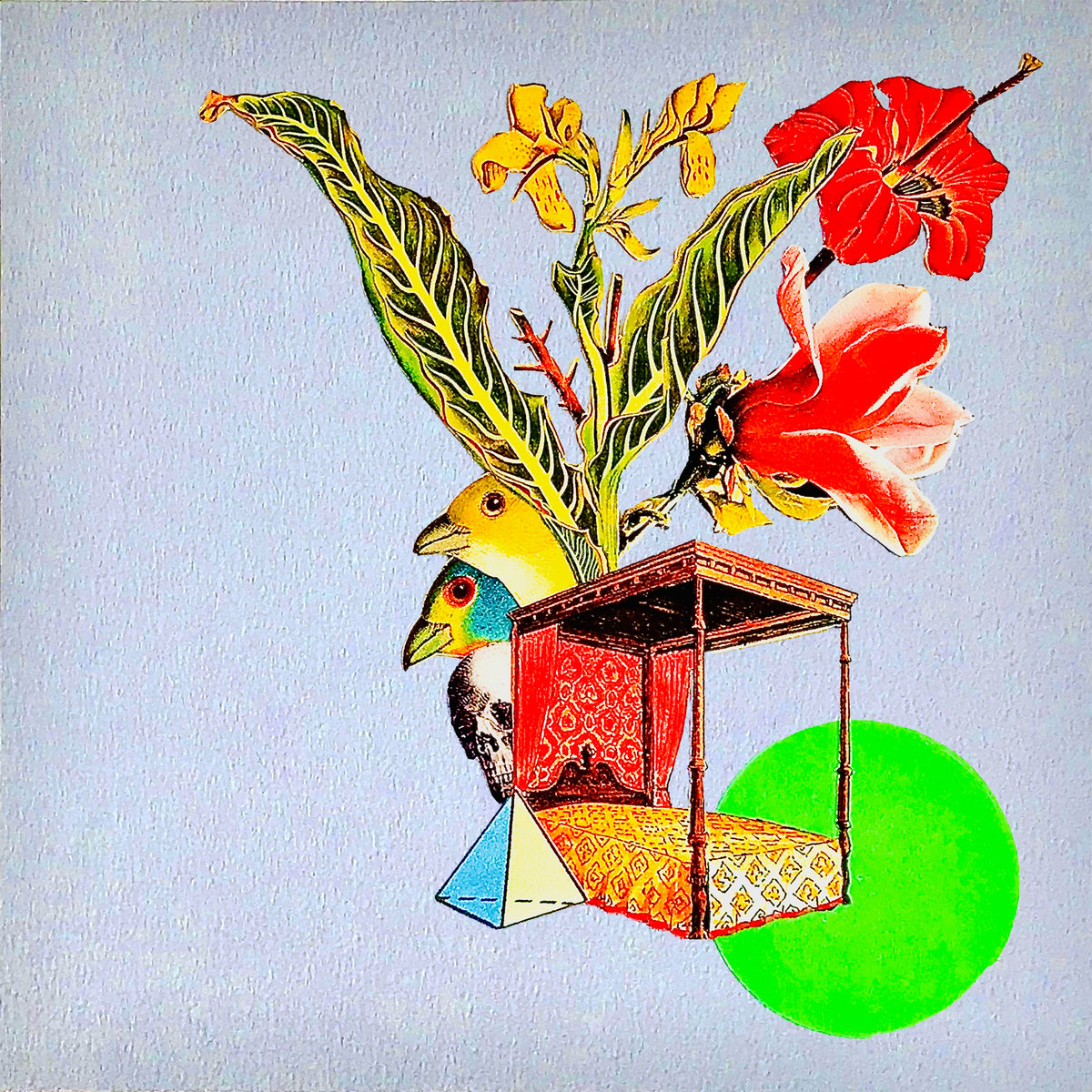
GS: Your set [at Ziggy's] felt drawn from the same place as the material on Critical Violets, Dream Erosion Part VII. How do you sense the connection between the album and your live performances?
Fred: Very much cut from the same cloth. The only thing that's different is that when I'm recording, there will be overdubs. Otherwise, the stuff on the new Dream Erosion volume is made in the same way of playing with ideas on synthesizers and tape echoes until something musical emerges. With the live set, you heard that process in real time.
When the Dream Erosion series started, it was because I was making a record of full songs, with drums, vocals, and string arrangements. And it just wasn't feeling great; it was in the middle of the pandemic. When I started mixing and would subtract elements, I was like, "Oh? That sounds so much better when I take the drumkit out completely. Let me see what happens when I take—oh, even better without the bass. So much better without the singing," until I was down to just two or three synthesizers and the suggestion of a rhythm that was no longer there. And that was sort of the start of my electronic music ideology. And every [electronic] record since that has taken more and more away until sometimes it's just a couple of notes of synth and some reverb.
GS: The 'erosion' makes sense.
Fred: Oh! I never thought about that. (laughter) It was just some cool words I put together in my mind. But yeah, I guess there was a subliminal actuality happening.
GS: You said the record is more layered [than your live performances]. It definitely sounds at times that you're kind of orchestrating for the synthesizers, creating a composite sound out of what appears to be three or four different parts. How do you think about that?
Fred: Well, I'm a songwriter first and foremost. I started doing music as someone who was writing, you know, rock 'n' roll songs, verse-chorus-verse, and that has always been really hard to get away from in anything I'm doing. Even when I'm improvising fully formless music, I always want to have some sort of dynamic flow to it that mirrors pop music. With my synth stuff, that's definitely there as well. I want it to have a melodic hook or something that sounds like it's going somewhere, but I also want to be willing to let it go nowhere. A lot of the songs are trapped between "this is gonna go somewhere, this is gonna build" and "this was thinking about going somewhere and decided not to."

GS: Something I noticed even listening to your last album, Window in the Rhythm, which is stylistically very different, is that a lot of your music has a balance, like what you were just describing, of familiar, straightforward things and then some more abstract, jarring, or surprising things. How do you think about that as you're making it?
Fred: It's kind of happening at the same time; it's not just "here's my song that's finished and I'm going to add something to upset it." I'm pretty invested in both the songcraft and the disruption because I've spent a lot of time listening to music that's all disruption, all dissonance, all failing experiments, as well as stuff that's just Charli XCX level of 'capital P' Pop. I like them both pretty equally. My challenge as a musician for the last many, many years has been trying not to do every single thing that I like at the same time, but still feeling like I'm getting anything across.
GS: I've found there's a lot of variety in your catalog—
Fred: Hence the thing I just said. (laughter)
GS: Those different directions—are they separate modes or are they part of the same continuum?
Fred: They need to be separate because they all come from similar ideas. I work on music every day, but I don't ever sit down and say, "Today is Folk Music Day," or “Today is like Drum and Bass Day," or anything like that. It depends on the inspirations happening, and sometimes they overlap in ways that nobody really needs to hear, so that's when I have to figure out where the results go. To answer your question, all from the same continuum, but like organized because if they were less organized, I wouldn't want to listen to music like that.
GS: I know that you work a lot as a writer. How does that relate to your work as a musician?
Fred: When I started writing as a music journalist for a living, it made me realize what a terrible communicator I was and how much more I had to work on my communication, and it got better the more I wrote. The more I explored communicating through the written word, the more my verbal communication got better, the more my interpersonal communication got better, and I'm sure that could be applied to my songwriting as well. I've been releasing music for such a long time, and new friends will be like, "I listened to your record from 2004," and I have to be like, "Please don't. Please don't—we can start in 2012, or maybe 2015, but don't go any further back than that because it's really embarrassing in the way that a lot of people are embarrassed of their younger selves."
It's not just because I was young and self-centered and made bad, hubristic art. I was actually saying nothing about nothing so loudly and thinking I was being so profound and so poetic. I wanted to say something, but I just didn't know how yet, but I thought I was all good. It's gotten a lot better since I've been writing every day in a way that has to be legible.
GS: Is there anything you want to say to get people thinking about the new album before they listen?
Fred: Yeah, for sure. I approach electronic music a little bit like it's in its own compartment. I don't play a lot of shows electronically like the one you saw the other night. That was not planned; I did not rehearse for it. It was an improvised set that I put together an hour beforehand, and that's sort of how I make this music. But I also work on that style of music almost every day. And Critical Violets, Dream Erosion Part VII, like all the other Dream Erosion records, is the refined presentation of some of the best of those daily experiments. There's intent to it, there's care to it, there's a lot of songwriting to it. But there are also a lot of outtakes that are a little more careless.
When Mystery Circles asked me to make something for their label, I was like, "No problem, got you, give me a week," because I had borrowed my friend's tape machine and I was learning how to use it. I used that week of learning the tape machine and recording and experimenting, improvising synth songs, and I made a record that way. I sent it to them, and they were like, "We like it, it's great, let's move forward!" and maybe a couple of weeks went by, and I listened back to what I'd made and thought, "Hold up, this actually sucks." I mean, it's fine, but it sounds like somebody made it in a week while they were trying to figure out a new piece of equipment. I decided, "Let's not put that out; let's take another couple of months. I'll go back to the drawing board, and I'll work on something with a little more vision, and that is more reflective of the feelings I'm feeling rather than just, like, what sound is going to happen when I touch this button? What sound is going to happen when I discover this part of the tape machine?"
So that was part and parcel for Critical Violets. There was a lot of trial and error, and it gets really good, and that's the stuff that gets shared.
GS: I've seen you describe the Dream Erosion series as 'drumless'—
Fred: Yes.
GS: But there is one moment—
Fred: There are some drums.
GS: —in the track "Laszlo" on Critical Violets, where this drum sample comes in, and it's very surprising. How did that moment happen?
Fred: That was part of the original all-to-tape thing. My friend, Christopher Laszlo Koltay, let me borrow his multi-track tape machine—
GS: And his name.
Fred: And his name. He doesn't know yet; he'll know when he reads this. He's one of my dearest, truest friends, and I love him and I'm always thinking about him. But when I was making that [track] I was like, "What would Chris want this to sound like?" He likes gain-y, muscular rock; he likes loud drums, and there were a lot of drums on the [first version of the album] that I self-rejected. I didn't ultimately love that sound, but it was part of an experiment that I tried, and I thought there might as well be a little essence of that in Critical Violets as well.
Check out more like this:
 The TonearmMichael Donaldson
The TonearmMichael Donaldson
 The TonearmLawrence Peryer
The TonearmLawrence Peryer


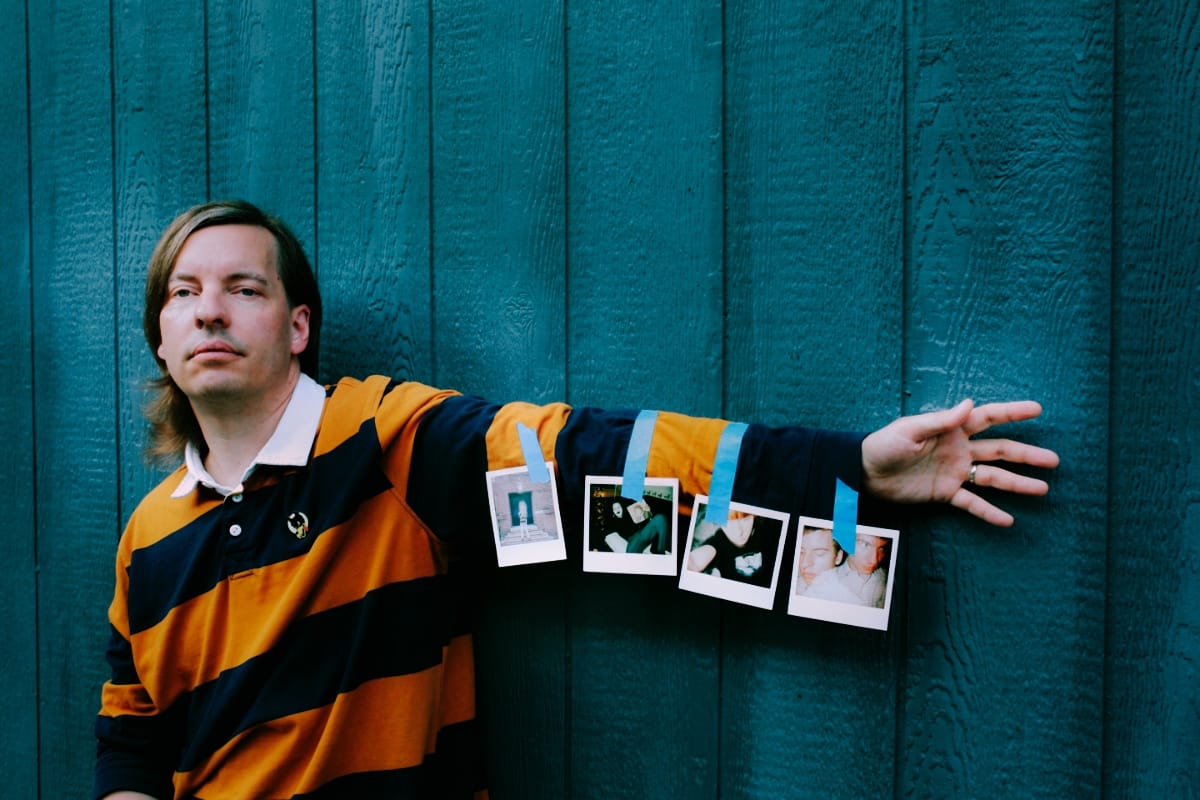

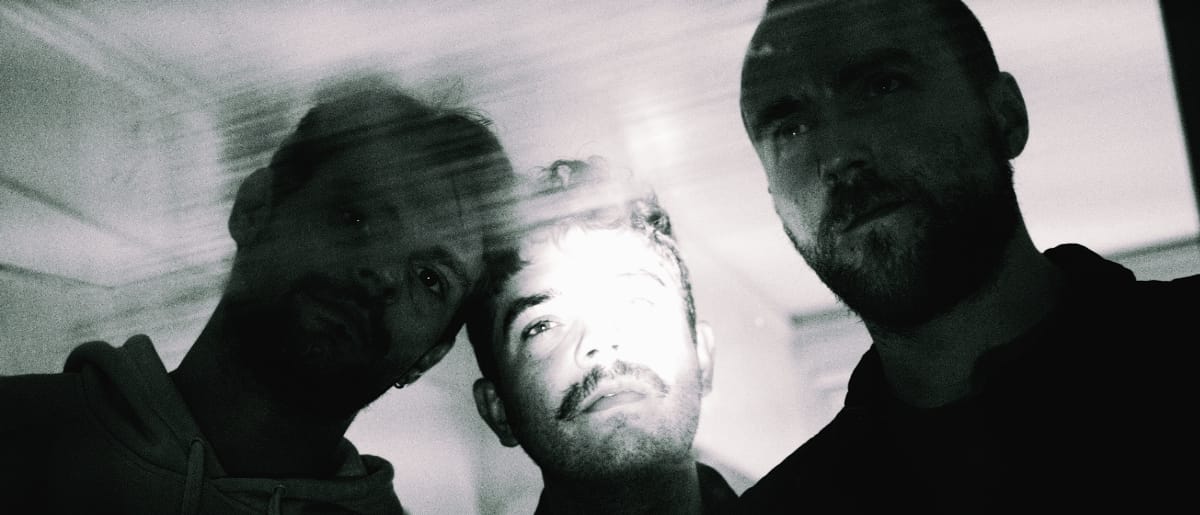
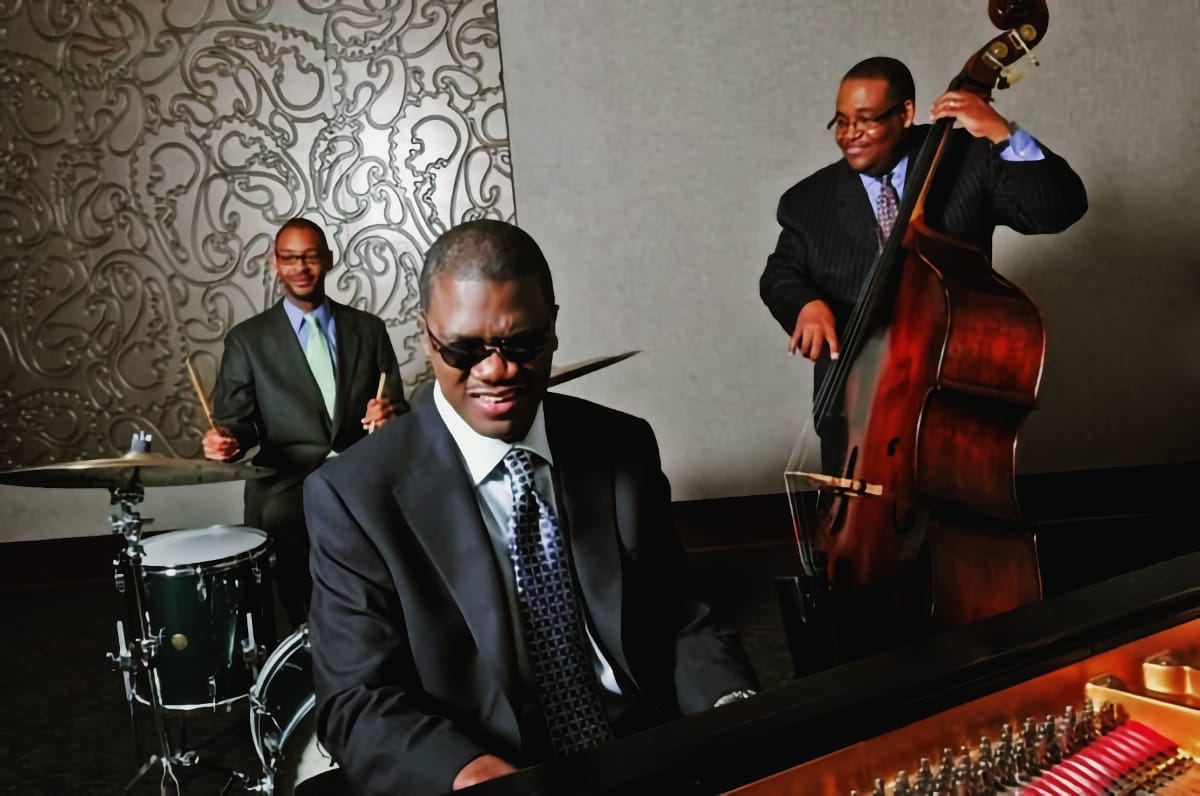
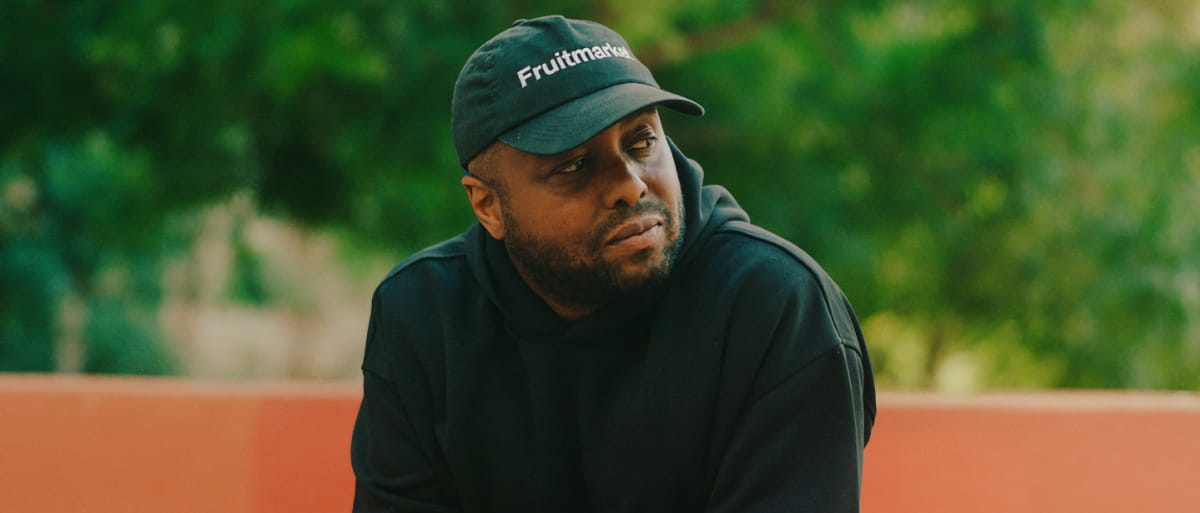
Comments